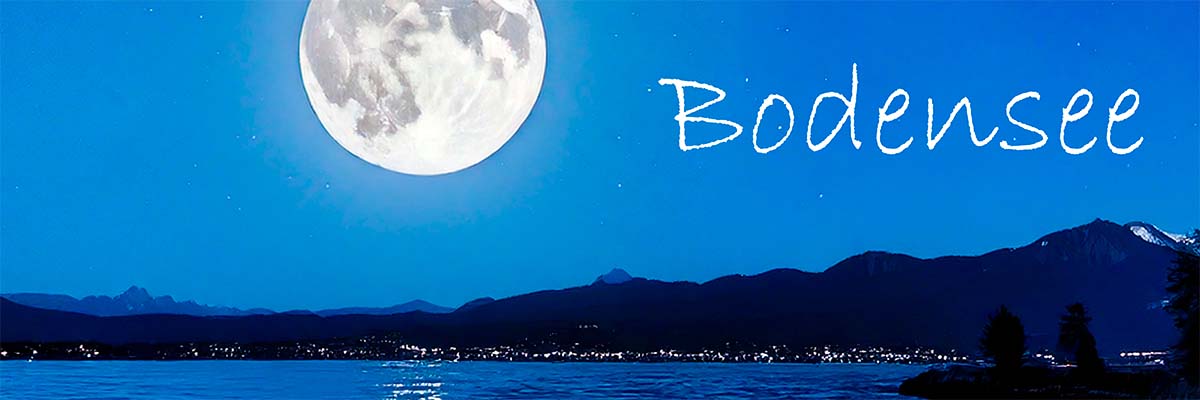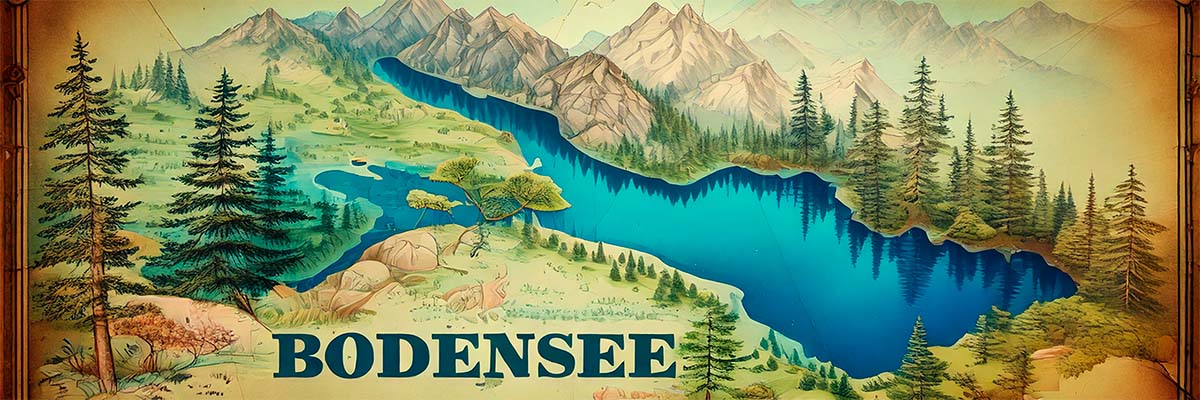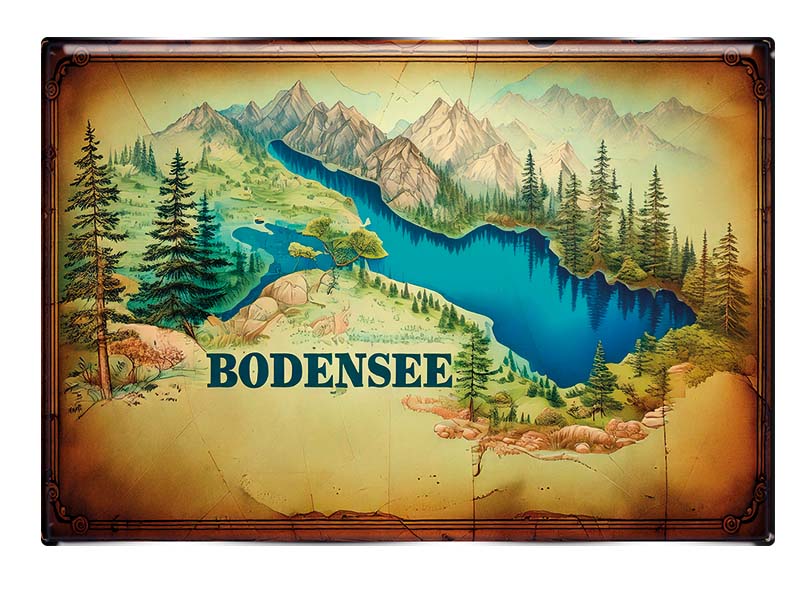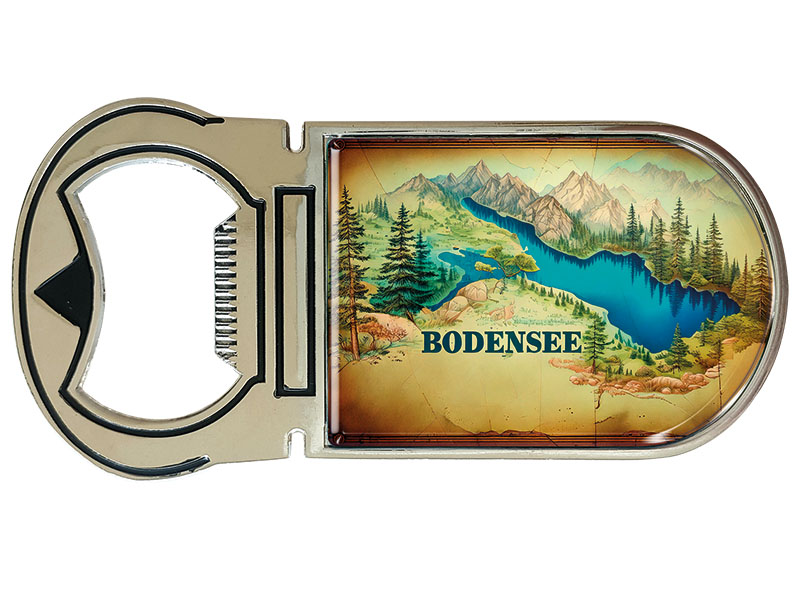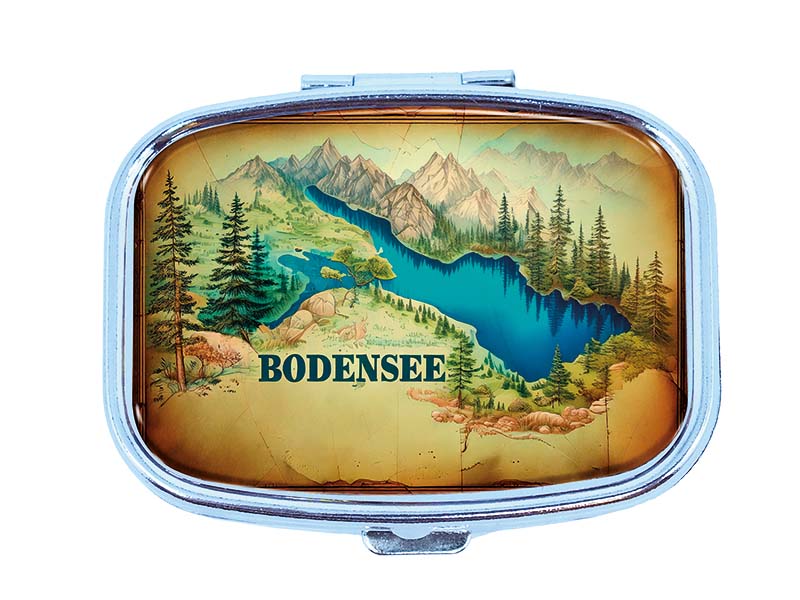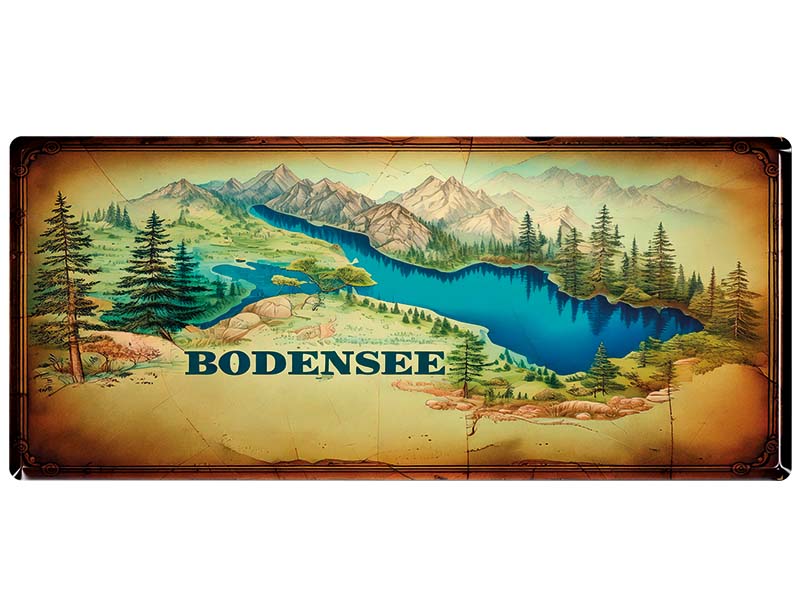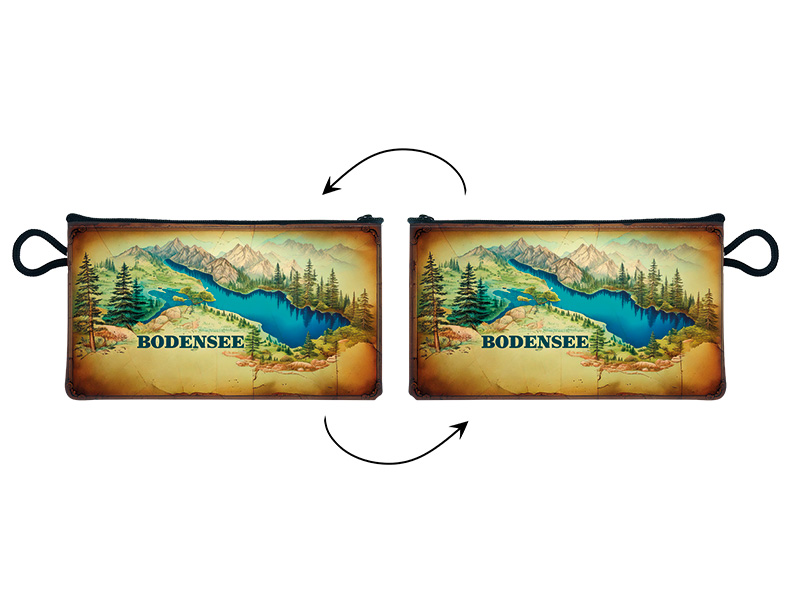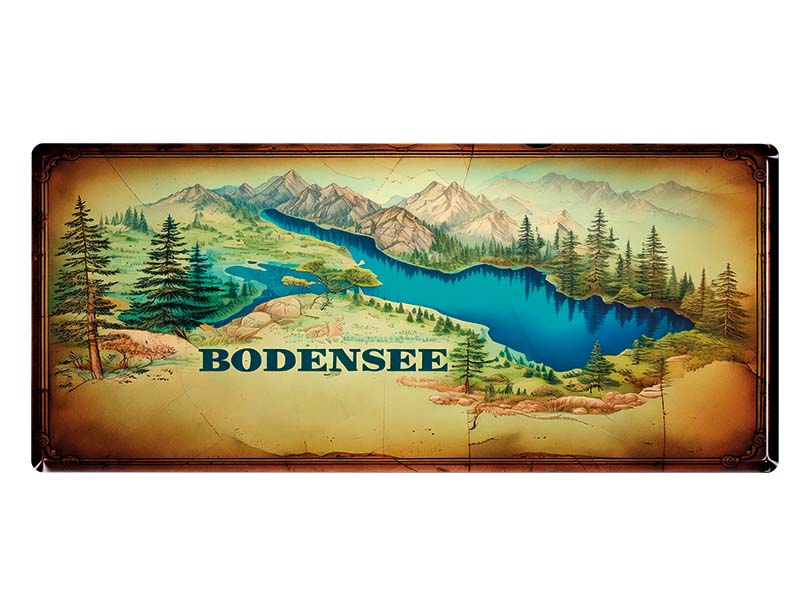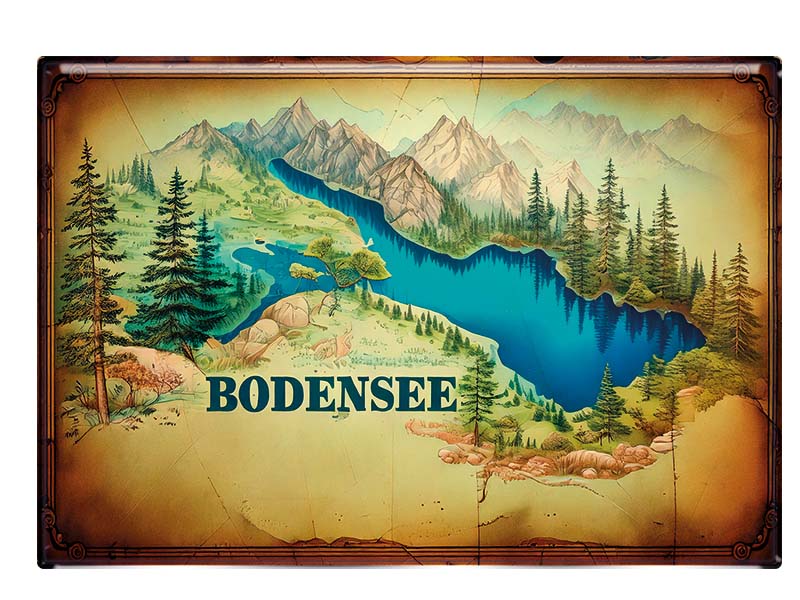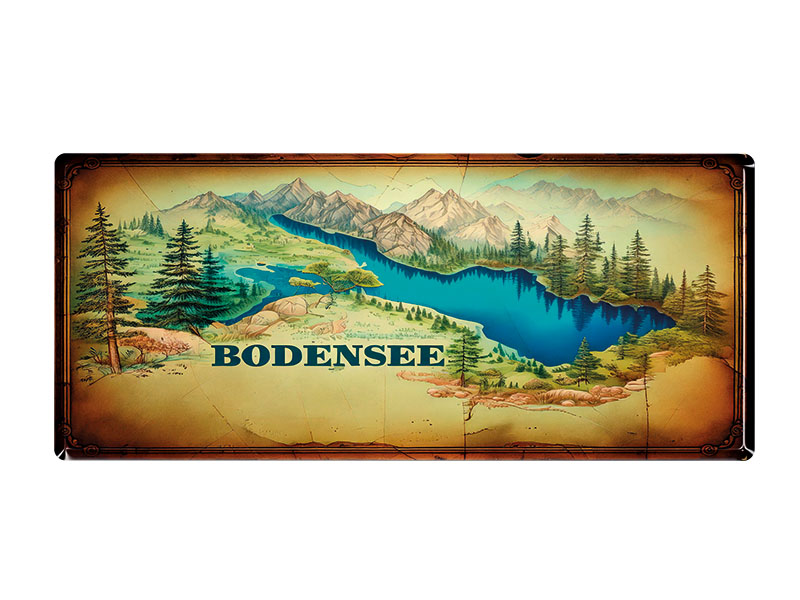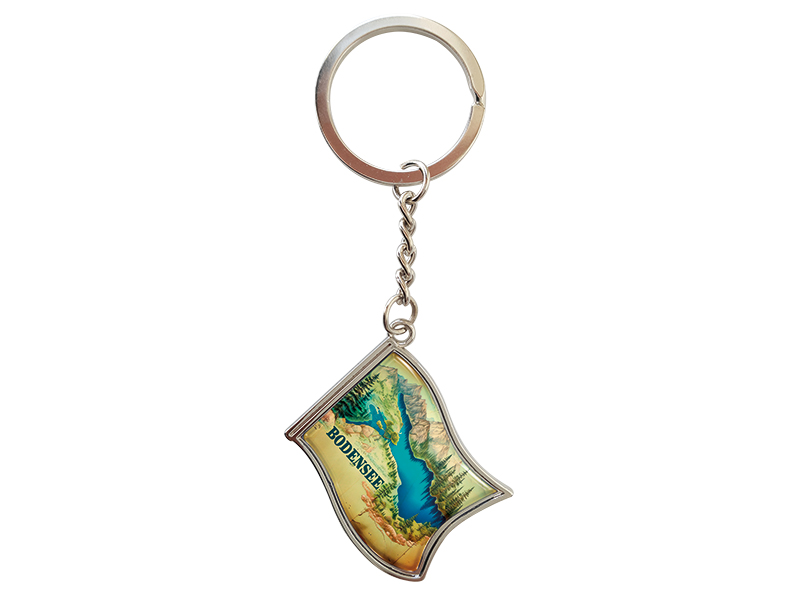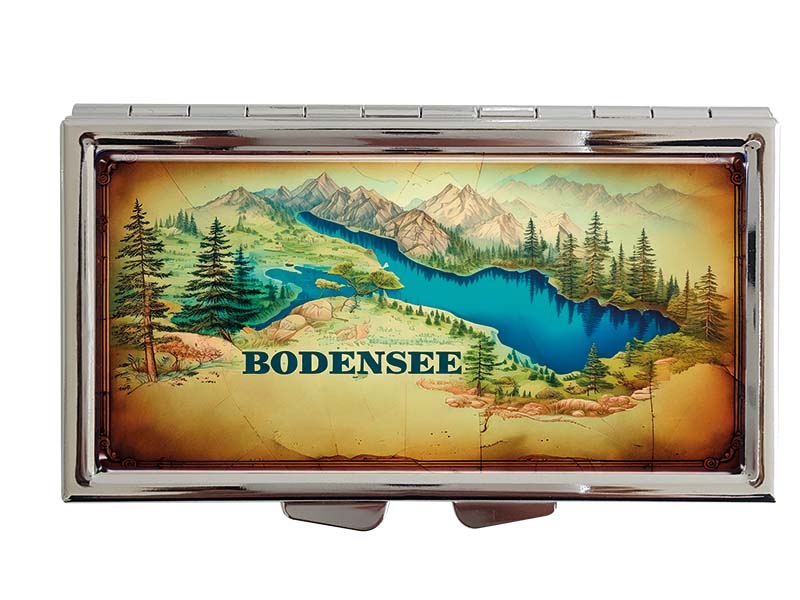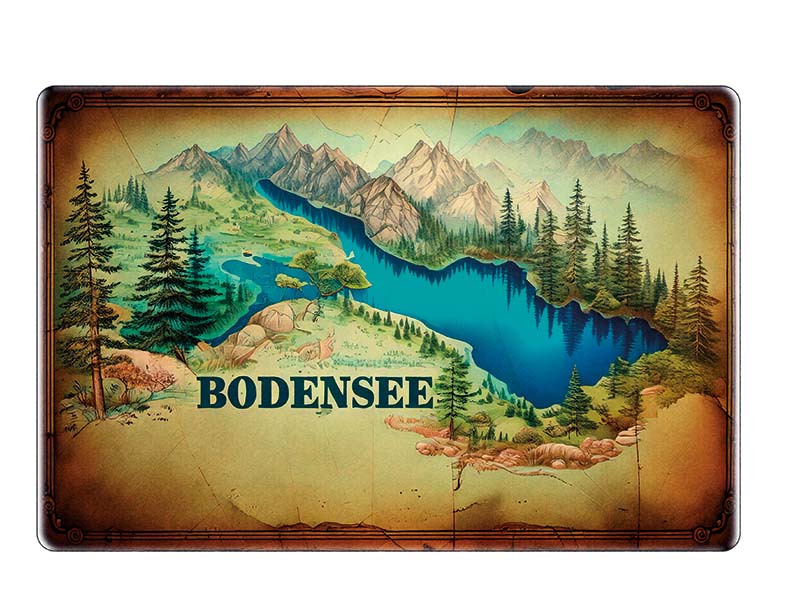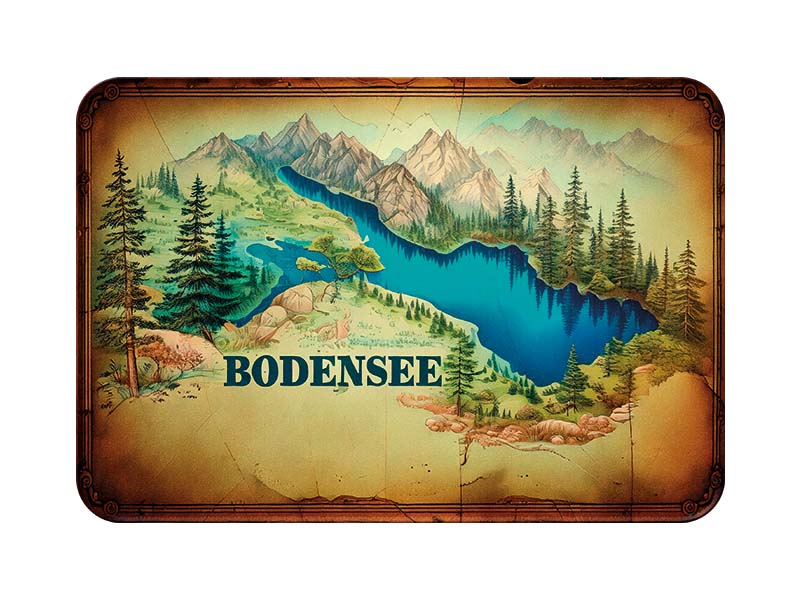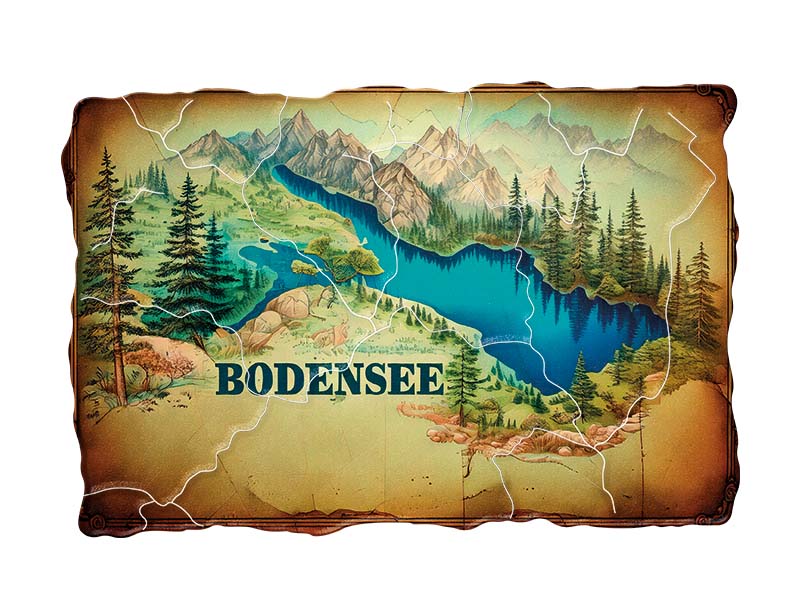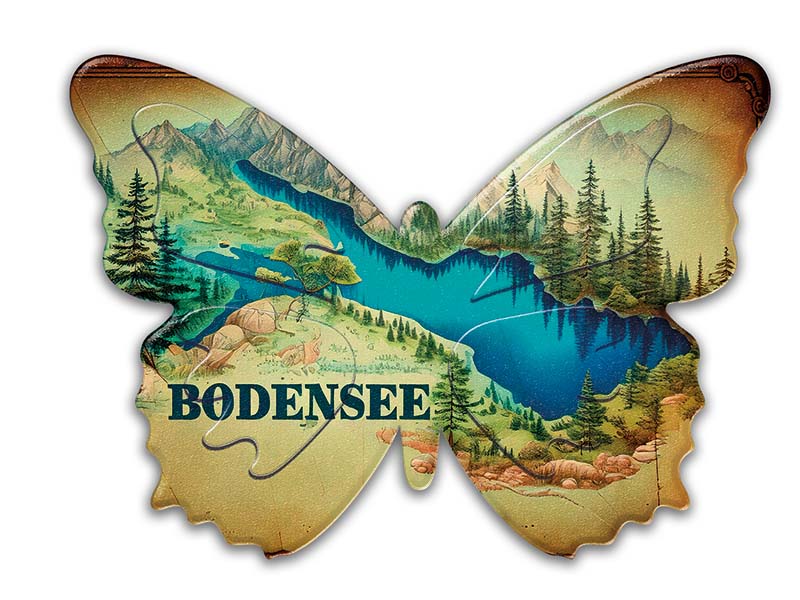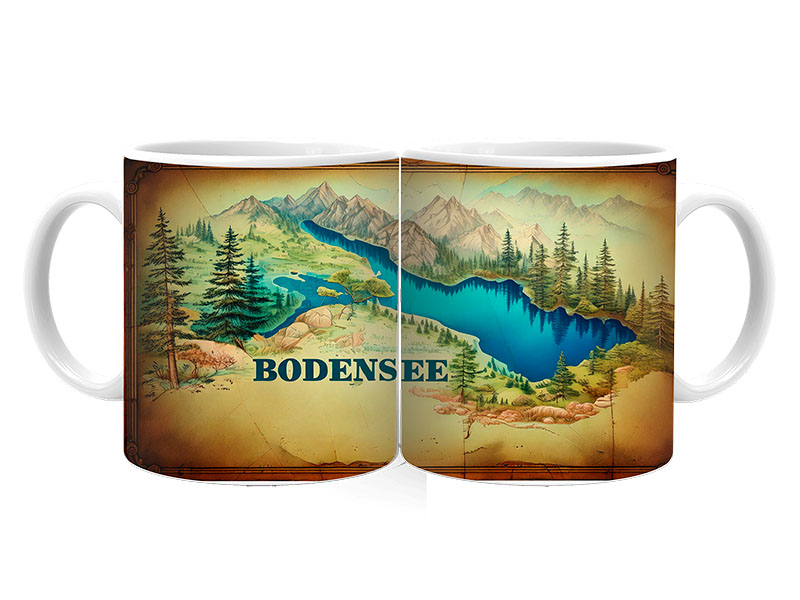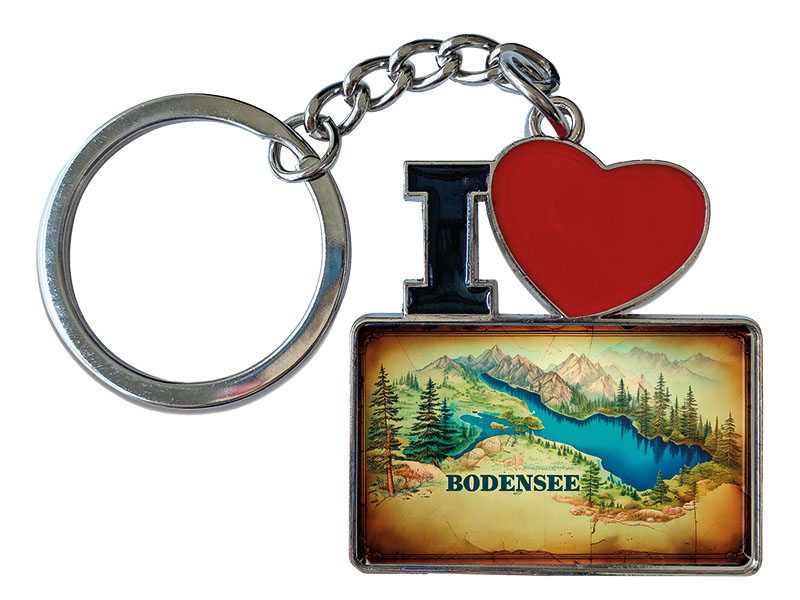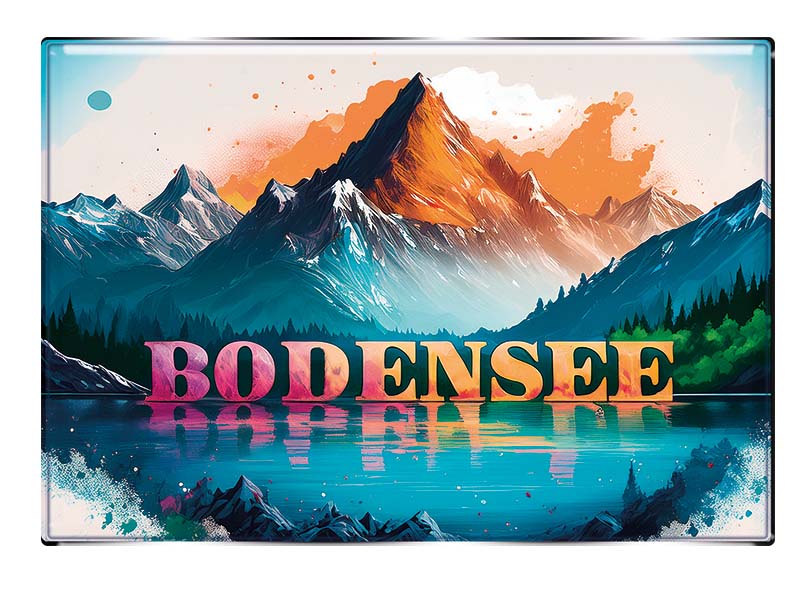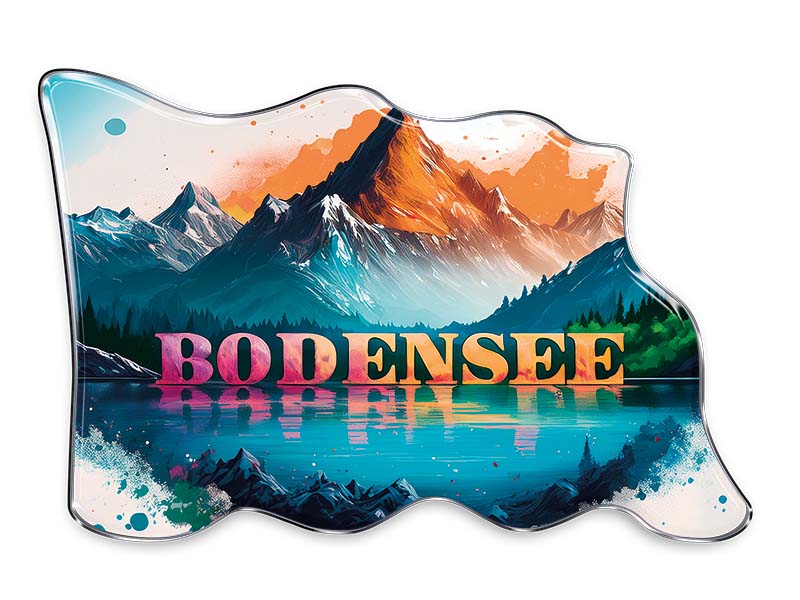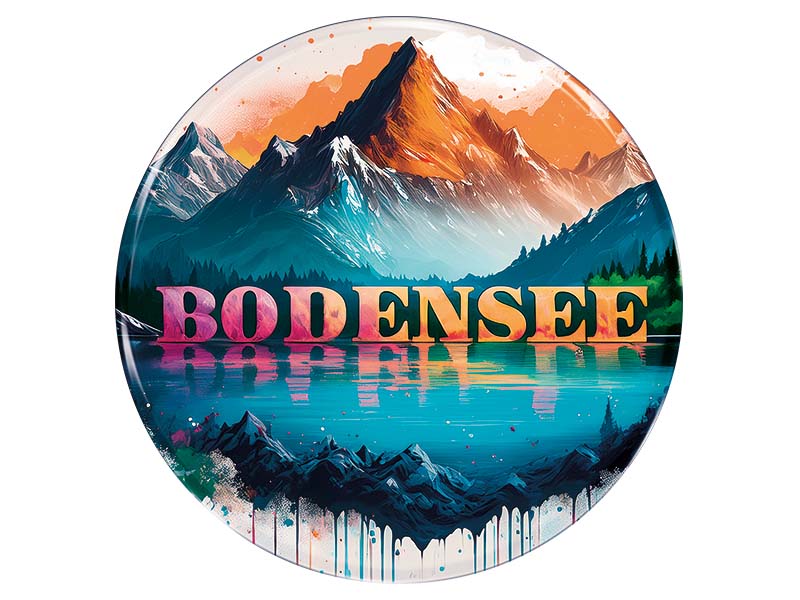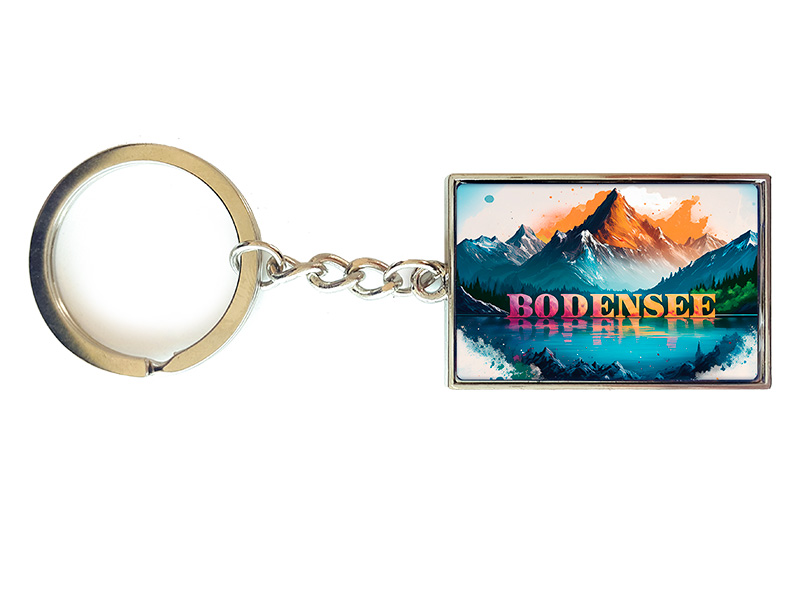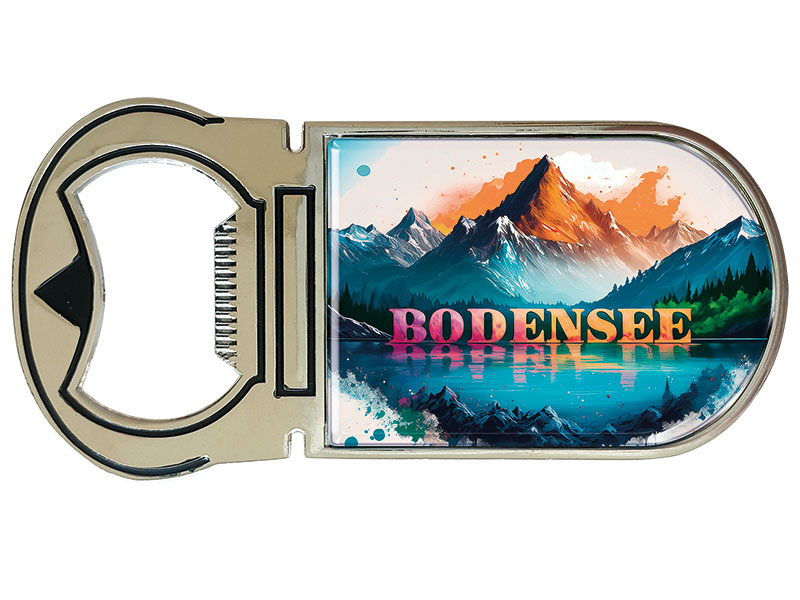- Vehicles
- Figures
- Witches
- Carnival
- Canvas
- Magnets
- Materials
- Maritime
- Hats
- New products
- Personalize
- Plush
- Dolls
- Collectible figures
- Keychain
- Special production
- %Special offers%
- Money boxes
-
Cities - Regions
- Bad Säckingen
- Bamberg
- Bayerischer Wald
- Berchtesgaden
- Berlin
-
Bodensee
- Bremen
- Brocken
- Chiemsee
- Cochem
- Dinkelsbühl
- Dresden
- Eibsee
- Frankfurt
- Freiburg
- Gardasee
- Garmisch-Partenkirchen
- Hamburg
- Harz
- Heidelberg
- Helgoland
- Insel Mainau
- Kleinwalsertal
- Koblenz
- Köln
- Königssee
- Leipzig
- Lübeck
- Mecklenburgische Seenplatte
- München
- Nürnberg
- Oberammergau
- Passau
- Potsdam
- Quedlinburg
- Regensburg
- Rothenburg
- Rügen
- Schwarzwald
- Stuttgart
- Sylt
- Titisee
- Traunsee
- Triberg
- Ulm
- Wernigerode
- Bags/Backpacks
- Textile
- Animal
- Subjects
More information? sign in.
More information? sign in.
More information? sign in.
More information? sign in.
More information? sign in.
More information? sign in.
More information? sign in.
More information? sign in.
More information? sign in.
More information? sign in.
More information? sign in.
More information? sign in.
More information? sign in.
More information? sign in.
More information? sign in.
More information? sign in.
Lake Constance – A Natural Paradise in the Heart of Europe
Lake Constance, one of Europe’s largest inland lakes, is among the most spectacular natural landscapes in the German-speaking world. Nestled between Germany, Austria, and Switzerland, it combines majestic Alpine views with a Mediterranean-like flair. With its rich history, unique formation, and wide array of cultural and tourist attractions, the lake draws millions of visitors from around the world each year.
Formation and Geographical Location
Lake Constance (known as Bodensee in German) was formed around 10,000 to 14,000 years ago at the end of the last Ice Age, when the Rhine Glacier retreated and left a basin that gradually filled with meltwater. It lies in the northern foothills of the Alps and is primarily fed by the Alpine Rhine, which flows into the lake at Bregenz (Austria) and exits near Stein am Rhein (Switzerland).
The lake is divided into three parts: the Upper Lake (Obersee), the Lower Lake (Untersee), and the Seerhein, the stretch of river connecting the two. Lake Constance touches three countries. In Germany, it spans parts of the federal states of Baden-Württemberg and Bavaria. In Austria, it borders Vorarlberg, and in Switzerland, the cantons of Thurgau and St. Gallen meet the lake.
The most prominent towns along the lake include Constance (Konstanz), Friedrichshafen, Lindau, Bregenz, Romanshorn, and Kreuzlingen.
Population
Although the lake itself isn’t an administrative entity, the surrounding region is home to over 1 million people. The largest city on the lake is Konstanz, with around 85,000 residents. Other major towns include Friedrichshafen (approx. 62,000), Bregenz (approx. 30,000), and Lindau (approx. 25,000).
Historical Overview
Human settlement around Lake Constance dates back to the Neolithic period. Archaeological discoveries confirm the presence of prehistoric pile dwellings, now recognized as UNESCO World Heritage Sites. During Roman times, the region was part of the province of Raetia, with the lake serving as a vital transport and trade route.
In the Middle Ages, Konstanz became a prominent religious and political center. Between 1414 and 1418, the Council of Constance was held here – a significant church synod that ended the Western Schism and led to the execution of reformer Jan Hus.
Over the centuries, the Lake Constance area was affected by numerous conflicts, including the Reformation, the Napoleonic Wars, and both World Wars. Today, the lake symbolizes cross-border cooperation and peace in Europe.
Tourist Attractions
Lake Constance offers a wide range of attractions for history buffs, nature lovers, and families alike:
-
Mainau Island: Also known as the “Flower Island,” it is famous for its botanical gardens, baroque palace, and butterfly house.
-
Pfahlbaumuseum Unteruhldingen: An open-air museum with reconstructed prehistoric pile dwellings.
-
Bregenz Festival: Held on a floating stage in Austria, it features spectacular opera performances.
-
Zeppelin Museum Friedrichshafen: Dedicated to the history of airships, which were invented and built in Friedrichshafen.
-
Old Town of Lindau: A medieval island town with charming alleys, a lighthouse, and the iconic harbor lion.
-
Reichenau Monastery Island: Another UNESCO World Heritage Site and a former influential Benedictine monastery.
-
Meersburg Castle: Considered the oldest inhabited castle in Germany, it offers panoramic views of the lake.
Tourism and Annual Visitors
Lake Constance is one of the top vacation destinations in Central Europe. Each year, it attracts around 7 to 8 million overnight visitors, in addition to millions of day-trippers. The peak tourist season is summer, when the lake’s promenades, beaches, and cruise boats are bustling with activity.
Visitors appreciate the region’s variety: water sports, wine tasting, thermal spas, historic towns, nature parks, and gourmet food – all within a short distance.
Cuisine: Typical Food and Drinks
The cuisine around Lake Constance is deeply rooted in regional ingredients. Fish, fruits, cheese, and wine are especially prominent.
-
Whitefish (Felchen or Reinanke): The lake’s most famous fish, usually grilled, smoked, or pan-fried.
-
Zander (pike-perch) and pike: Other popular fish caught in the lake.
-
Kässpätzle: A regional cheese noodle dish with caramelized onions, especially popular in Vorarlberg and Bavaria.
-
Apfelküchle: Deep-fried apple rings served with cinnamon and sugar.
-
Cider and Fruit Brandies: Made from local apples, pears, and plums.
-
Lake Constance Wine: Especially white wines from Hagnau, Meersburg, or Reichenau are highly esteemed.
Typical Souvenirs
Travelers looking to take home a piece of Lake Constance can choose from a wide selection of regional products:
-
Wine and fruit brandies
-
Local honey, jams, and chutneys
-
Handcrafted ceramics and wooden items
-
Canned or jarred fish specialties
-
Zeppelin-themed souvenirs from Friedrichshafen
-
Postcards, artwork, and regional crafts with lake and mountain motifs
Famous People from the Region
Lake Constance has been the birthplace or residence of several well-known individuals:
-
Count Ferdinand von Zeppelin (1838–1917): Born in Konstanz, he invented the rigid airship (Zeppelin).
-
Annette von Droste-Hülshoff (1797–1848): The renowned poet spent her later years in Meersburg Castle.
-
Hugo Eckener (1868–1954): Zeppelin commander and aviation pioneer, active in Friedrichshafen.
-
Andreas Bourani (*1983): The singer of the hit song “Auf uns” spends part of his time at the lake.
-
Verena Bentele (*1982): Multi-time Paralympics gold medalist and politician, raised in Lindau.
In addition to these figures, many contemporary celebrities from business, sports, and entertainment own holiday homes or live permanently in the Lake Constance region, attracted by its quality of life and natural beauty.
Conclusion
Lake Constance uniquely blends scenic beauty, historical depth, and cultural diversity. As a tri-national region, it represents peaceful coexistence and collaboration in Europe. Thanks to its wide-ranging attractions – from outdoor adventures and fine cuisine to music festivals and heritage sites – Lake Constance continues to be a beloved destination for millions of people. Whether for relaxation, discovery, or indulgence, it's a place many visitors are eager to return to.


